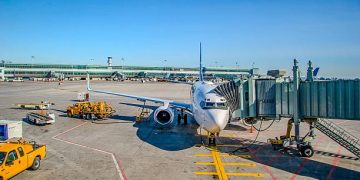The United States and China are moving closer to finalizing a major trade agreement, with discussions centering on what could become a landmark Boeing aircraft deal. Officials describe the order as potentially one of the largest in history, with as many as 500 planes under consideration, and say it may serve as the centerpiece of broader trade negotiations between the two nations.
US Ambassador to China David Perdue emphasized the importance of the deal, calling it significant not only for Boeing and the American aerospace sector but also for China’s growing aviation market. “This is a huge order, and it’s very important to the president. Very important for Boeing. I think it’s very important to China,” Perdue said on Tuesday.
Boeing has been engaged in talks with Chinese authorities for years, aiming to secure a large-scale agreement that would strengthen its foothold in one of the world’s fastest-growing markets for air travel. The deal could provide a much-needed boost for Boeing, which continues to face competitive pressures in the global aviation industry.
Shifting Agricultural Trade
Beyond aviation, trade flows in the agricultural sector are also shifting. According to Reuters, Chinese buyers recently booked at least 10 cargoes of Argentine soybeans. This development reflects the ongoing diversification of China’s import sources and highlights challenges faced by US farmers, who continue to grapple with reduced access to their largest export market and persistently low commodity prices.
Broader Trade Progress
Negotiations between Washington and Beijing appear to be gaining momentum across multiple areas. Following a call between President Trump and President Xi Jinping last Friday, both leaders confirmed progress on restructuring TikTok’s US operations. Oracle has been named as part of the investor group expected to oversee the new structure, underscoring how digital and technology issues remain intertwined with wider trade talks.
The two leaders are also expected to hold a series of high-level meetings in the months ahead. Their first in-person session is scheduled for the Asia-Pacific Economic Cooperation (APEC) summit in South Korea, set for October 30 through November 1. Officials close to the process say this timeline could serve as a critical window to finalize parts of a broader trade framework.
Tariffs Under Review
At the same time, the US tariff policy remains under scrutiny. The Supreme Court is currently reviewing a significant legal challenge to the administration’s use of the International Emergency Economic Powers Act (IEEPA) as the legal foundation for imposing wide-ranging tariffs. These duties, set between 10% and 50% on various imports, were introduced earlier this year as part of a series of reciprocal trade measures.
The appeals court has allowed the tariffs to remain in effect while the case proceeds, but a ruling could come as soon as this fall. Legal experts note the outcome could set an important precedent for how future administrations approach tariffs and trade enforcement.
What’s at Stake
For Boeing, securing the aircraft order would represent a substantial commercial victory, reinforcing its position in one of the largest and fastest-expanding markets for passenger air travel. For China, the deal would help meet surging demand for modern aircraft as the country expands its airline fleet and seeks to support long-term economic growth through improved connectivity.
For US agriculture, however, the latest developments highlight the ongoing adjustments required as China increasingly turns to other suppliers. The soybean bookings from Argentina underscore the shifting landscape of global commodity markets, where trade relationships are being reshaped by both policy and demand factors.
With both sides signaling progress, the coming weeks may prove pivotal. Analysts say the combination of an aerospace breakthrough, agricultural realignments, and legal scrutiny over tariffs will determine how durable and comprehensive the next phase of US-China trade relations will be.
#GlobalTrade #AerospaceNews #TariffUpdate #SupplyChainNews #MarketWatch

















